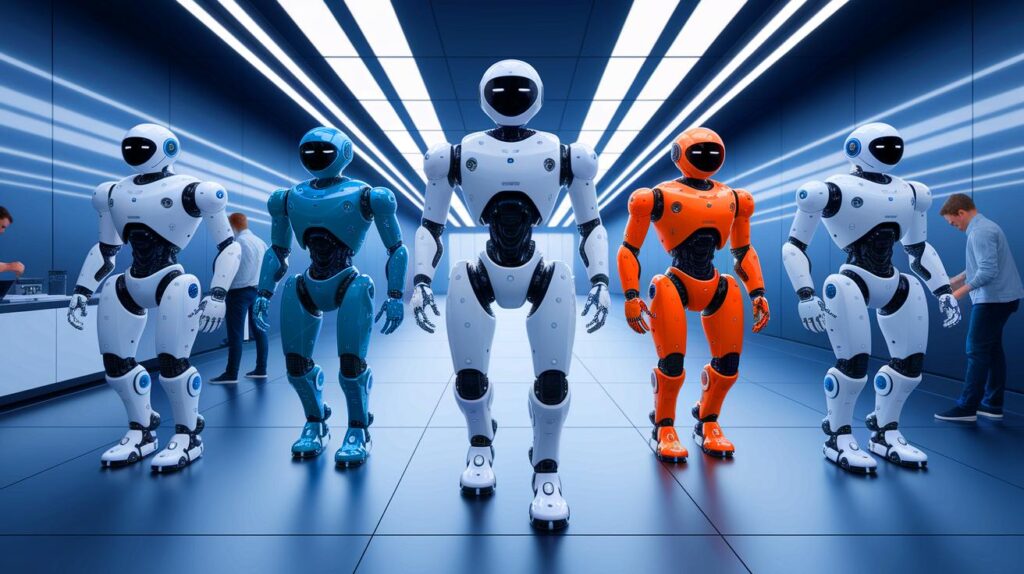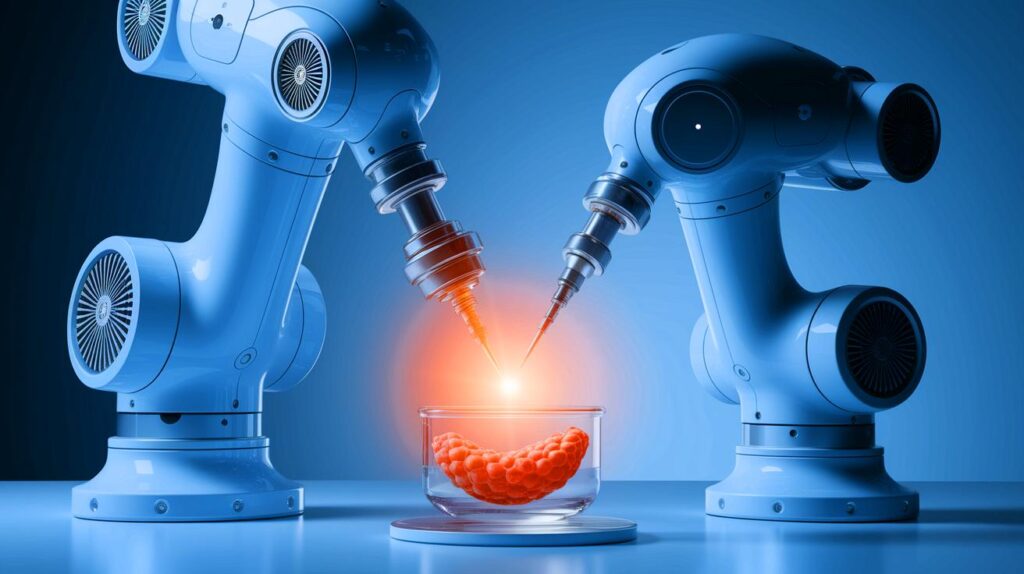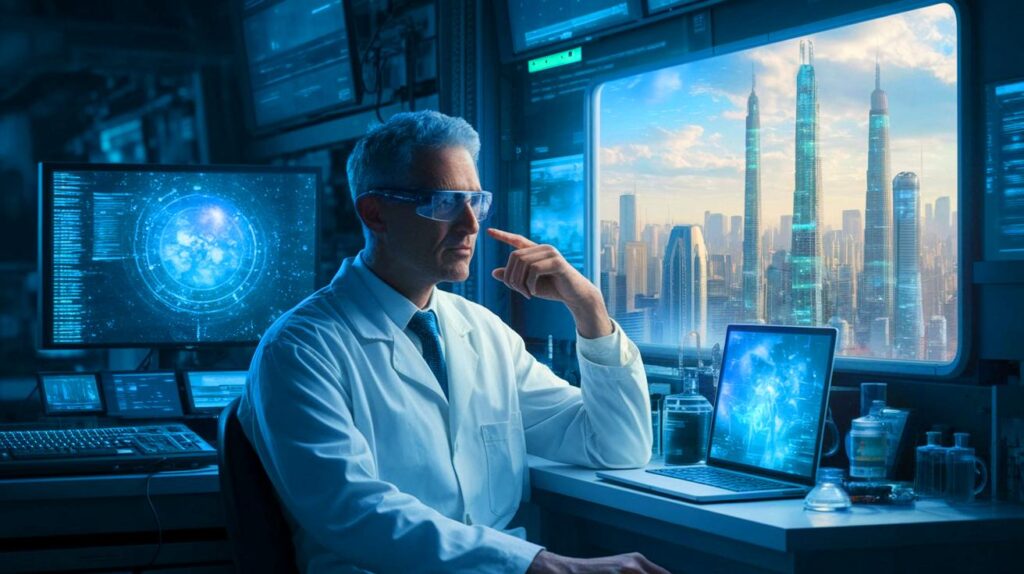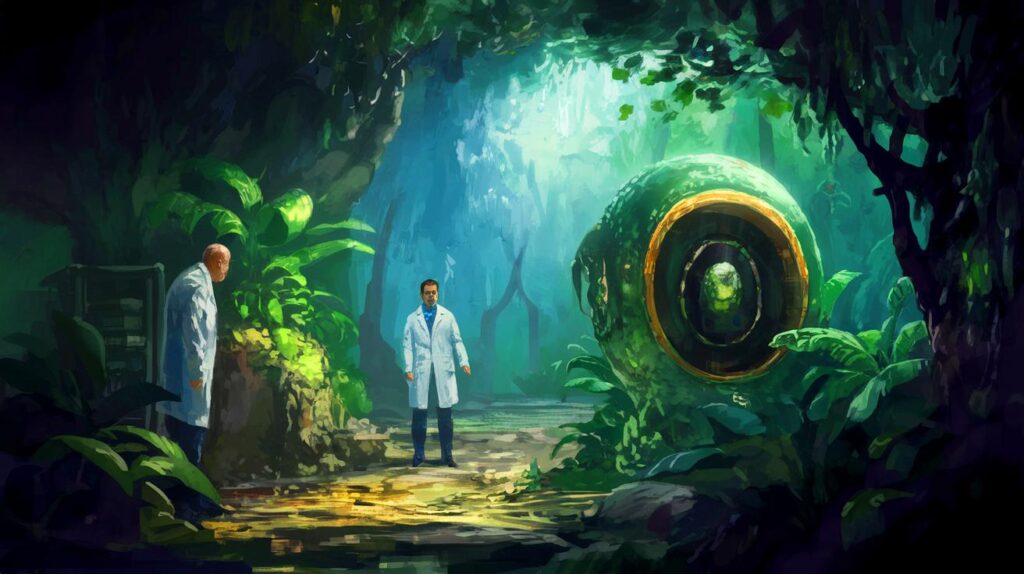| In Brief |
|
A wave of change is sweeping through the world of robotics, thanks to a major innovation: Text2Robot. This technological advancement, akin to the introduction of the graphical interface in computing, is profoundly transforming how we interact with machines. By enabling the creation of robots from simple text commands, the technology makes robotics accessible to a much broader audience. Developed by a team of researchers at Duke University, the Text2Robot system promises to revolutionize the field by removing the technical barriers that have long confined robotic design to experts.
Text-Based Robot Design with AI
With Text2Robot, a new era of democratization in robotics begins. Similar to the impact of the graphical interface on computing, this technology allows non-specialists to design robots using straightforward text descriptions. The system is built around AI models that handle all layers of design, simulation, and optimization. This initiative will be showcased at the IEEE International Conference on Robotics and Automation (ICRA) in May 2025 in Atlanta. It has already been recognized by the international scientific community by winning first place in the innovation category at the Virtual Creatures 2024 competition in Copenhagen. According to Boyuan Chen, assistant professor at Duke University, Text2Robot addresses a critical need to simplify the integration between AI, mechanical design, and functional constraints, and represents a significant step towards overcoming these obstacles.
3D Modeling at the Core of the Process
At the heart of Text2Robot is an advanced 3D modeling process. The system incorporates essential physical constraints such as joint mobility, placement of sensors and actuators, weight distribution, and 3D printing capabilities. Virtual designs then undergo simulation environments where their locomotion capabilities are tested and refined. Through reinforcement learning algorithms and evolutionary strategies, the robot’s physical morphology and control software are co-optimized to produce both effective and stable movement sequences. What sets Text2Robot apart is its ability to convert simulations into reality, enabling the fabrication of functional prototypes using commonly available 3D printing technologies and standard components.
Diverse Applications and Immense Potential
Although still in development, Text2Robot paves the way for a future where designing robots could become as common as drafting a document. The potential applications are vast, ranging from personalized assistance robots and educational tools to reconnaissance platforms on the battlefield and environmental surveillance drones, all specified and generated through natural language commands. As generative AI continues to advance, the convergence of language models with mechanical design and control optimization hints at a future of mass customization and intelligent automation, where it will be enough to describe a robot to create it.
Future Outlook for Text2Robot
Text2Robot is not just a technology; it represents a paradigm shift in how we envision robotics. By making this complex discipline accessible to everyone, it could transform various sectors. Small businesses, educators, and even enthusiasts could benefit from this tool, thereby narrowing the gap between professionals and the general public. How will Text2Robot influence the future of human-machine interactions, and what new frontiers in robotics will this system allow us to cross?







